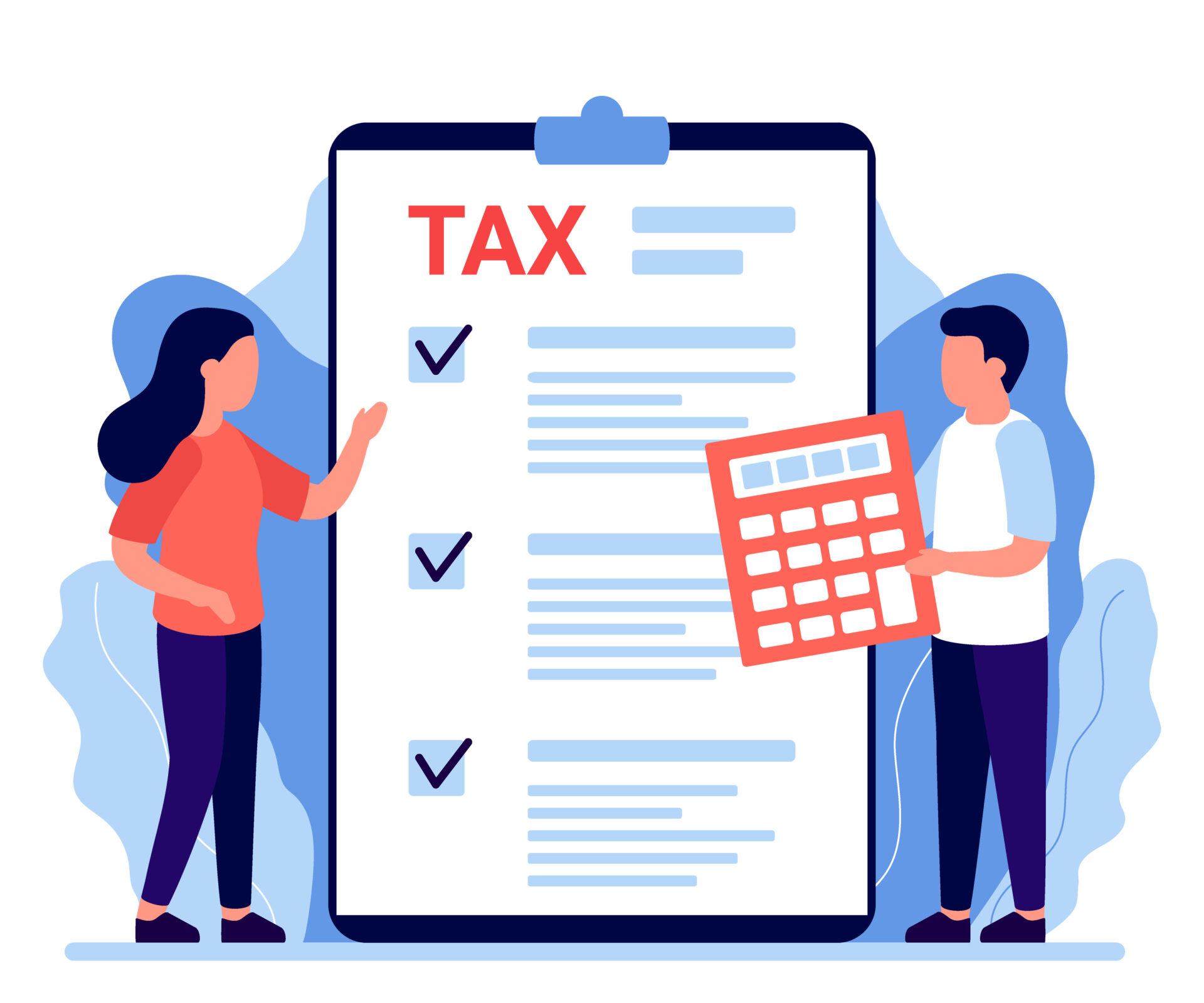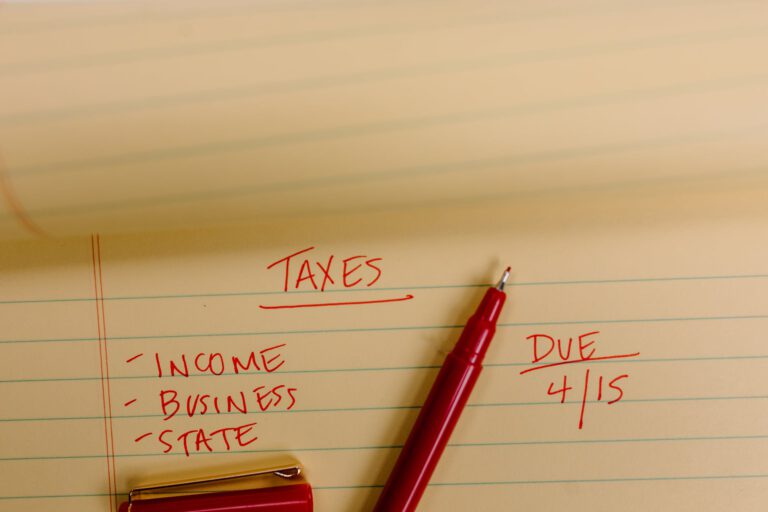What is the Capital Gains Plus 1 Rule and Its Tax Implications?
In Canada, the capital gains plus 1 rule applies to a principal residence when it is sold or the use of the residence changes (for example, it becomes a rental unit). According to Canada Revenue Agency regulations, an owner of a home can claim the principal residence exemption when they sell their principal residence. Without this exemption, the sale would trigger capital gains tax, owed in the tax year the property was sold.
The “plus 1” rule states that an individual can claim the principal residence exemption for the tax year in which they sell the property, as well as for one additional year. This means that if you sell your principal residence — or change its use from your primary residence to a rental property — you can claim the tax exemption on any capital gain for the year of the sale and for the following year.
It’s important to note that the “plus 1” rule only applies to individuals who are residents of Canada for tax purposes, and who are selling a property that was their principal residence for at least some of the time they owned it.
If the property was not your principal residence, or if you are a non-resident of Canada for tax purposes, different rules may apply.
It’s always a good idea to consult with a tax professional or accountant if you have any questions or concerns about your tax obligations related to the sale of a property.







